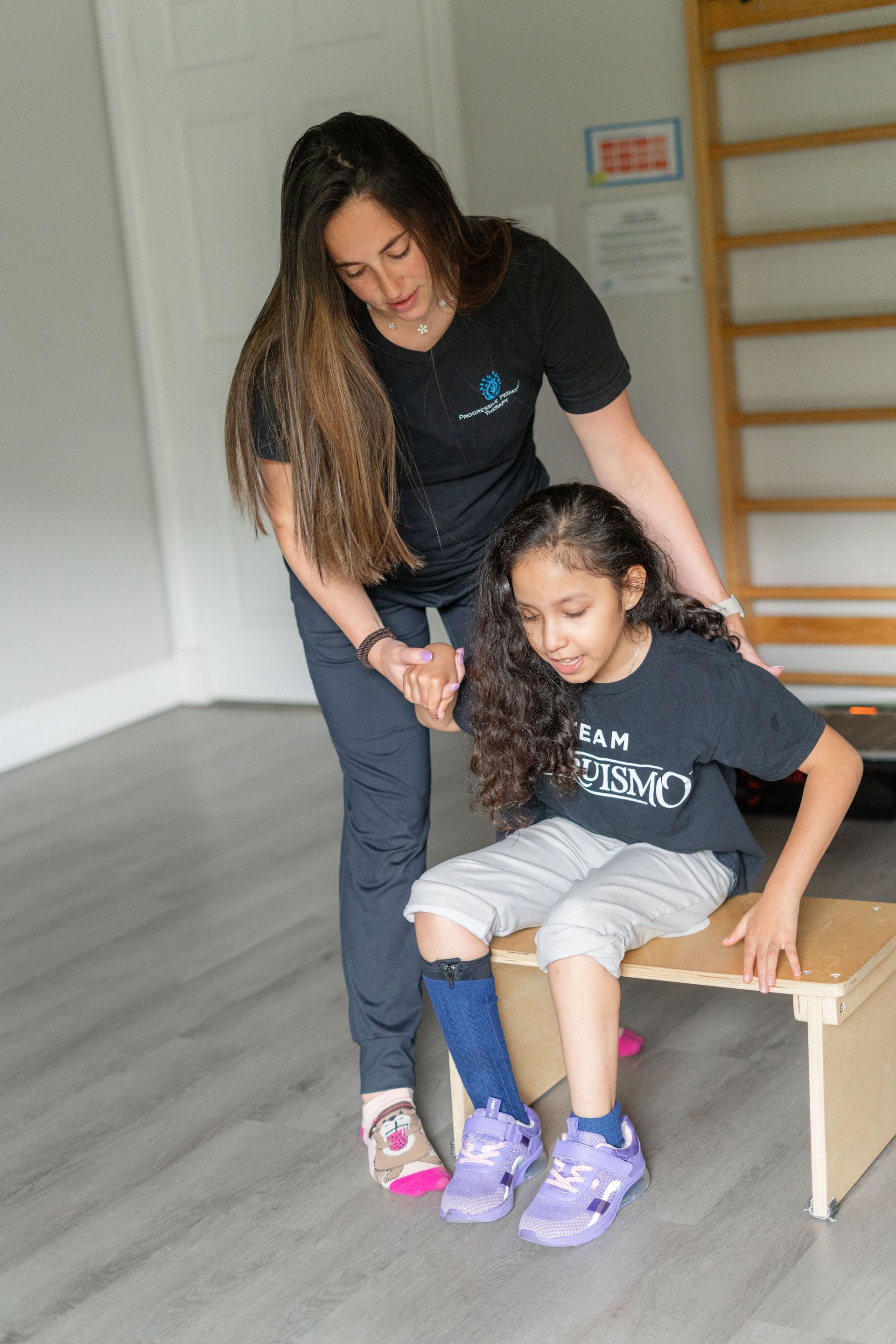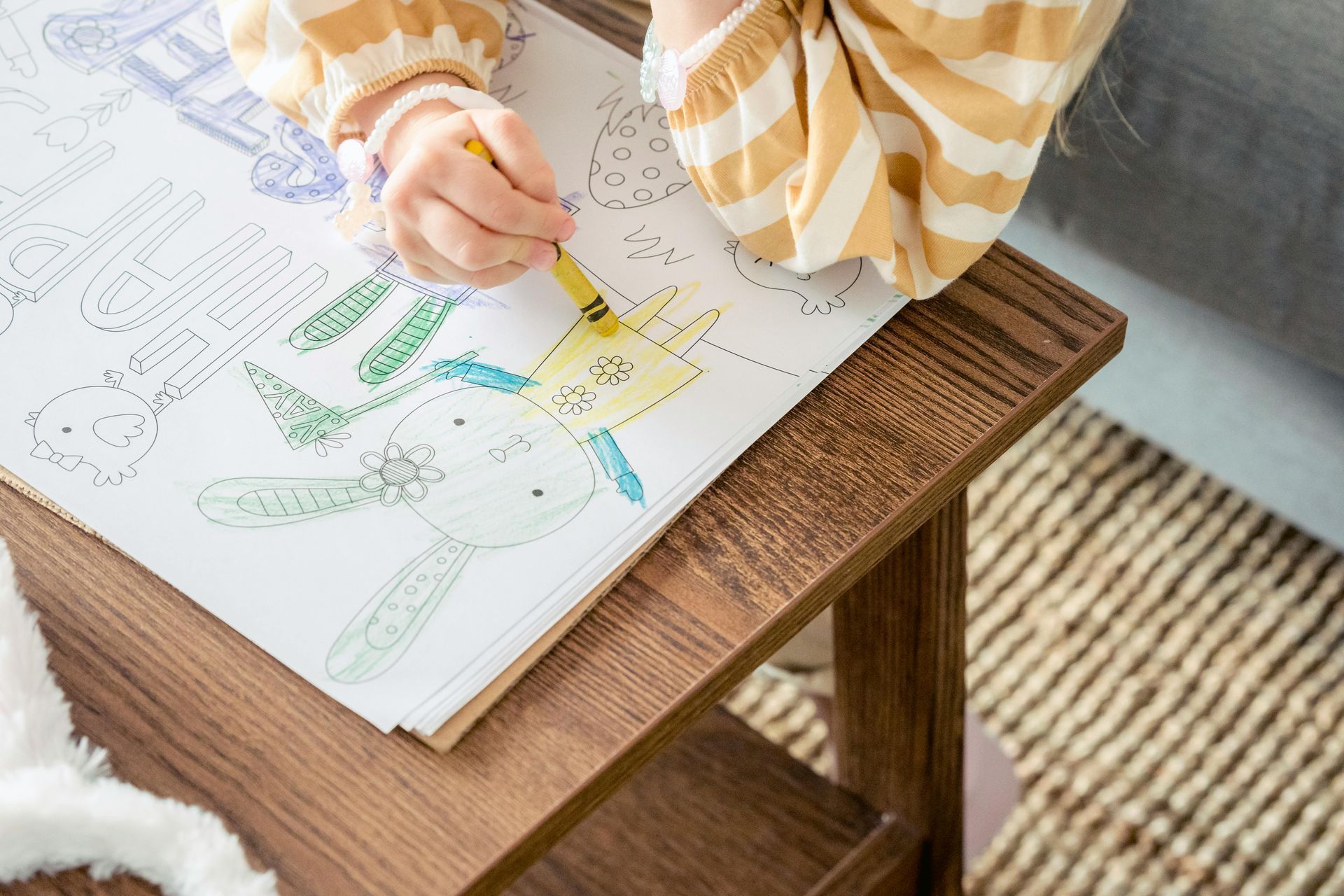Your Clinic
SET A LOCATION
Your Clinic
SET A LOCATION
Have you ever passed messages along to your friends using nothing but pen and paper? Or told someone to be quiet by simply placing your index finger against your lips? If so, then you have engaged in using AAC!
Don’t believe me?
Let’s take a look at the different kinds of AAC that exist.
AAC are usually classified depending on whether they need additional or external tools in order to be used, creating two distinct groups: those that do and those that don’t. The ones that don’t require additional tools are called Unaided AAC , while those that do require them are called Aided AAC .
Note: This list is meant to be an example of the many different modes and devices available but is not meant to be an exhaustive list of all the AAC systems that exist and are available for your child to use.
Chances are you are very familiar with unaided modes of communication and even use them on a daily basis. Unaided modes of communication are usually paired with spoken speech in order to help convey additional information, such as the attitude of both the speaker and listener.

You may be wondering, if unaided systems are also used alongside spoken communication, then why are they used as AAC?
Well, the answer is that all of these systems help convey the nuances of communication that may not be expressed by words alone, and it is important for non-speaking children to learn about these to help them build their communication skills. Others, like Sign Language, are a language system in their own right and can be used along with spoken language or by itself.
However, it is important to know that unaided systems are not always enough to communicate when used on their own. Those that are (such as Sign Language) require communication partners that are knowledgeable in it to allow for effective exchange of information.
This is where aided communication systems come into play.
These are the modes of communication that most people think about when talking about AAC. The additional or external tools used for aided AAC can range from just pen and paper to digital voice generating devices.
Because of the wide differences in the tools needed for aided AAC, aided systems are further subdivided into two groups: low tech and high tech systems. Let’s take a look into these two types:
Low tech systems use non-electronic tools. These include:
High tech systems, on the other hand, rely on electronic tools to convey messages. These include:
As portable devices have become so common, communication apps have been developed to help individuals with complex communication needs. There are a great number of apps that range from free to hundreds of dollars.
These allow users to type what they want to say and for the device to either read it out loud or for their communication partner to do so. These can be ideal for older children that are literate and can type independently.
While these are most restrictive when compared to devices that allow the user to express a variety of messages, single message recordable devices are easily customizable and can use the voice of the user or someone close to them. These can also be a lot easier to use for children that have mobility difficulties, as the buttons are big and their placement can be changed depending on the child’s motor and mobility needs.
Unlike communication apps on tablets, phones, or iPads, these systems use dedicated devices (i.e., they cannot be used for anything else other than communicating) and offer technical support and additional features, such as external speakers that may not be available when using other devices.
Now What?
Now that you know about the many different types of AAC systems available, a very important question should be addressed: How do you know which one is best for your child?
This is where a speech therapist comes into play!
Your child’s speech therapist will complete a full evaluation to determine which type of AAC system is best for your child based on their communication needs, motor skills, and settings where it will be used. They will also help you learn more about your child’s communication system and how you can help them develop their skills at home.
Curious about what you can do at home?
Stay tuned for more posts!
The post Types of AAC: Low Tech, High Tech, and Everything in Between appeared first on PPT4Kids.









We empower children, families, and the community to learn, grow, and celebrate every child's unique abilities.
Quick Links
Contact Details
Phone: 561-376-2573 | 561-918-0190
Fax: 561-218-4939
VIP Concierge: 561-717-1764
Clinic Locations
All Rights Reserved | Progressive Pediatric Therapy, Inc. | Privacy Policy | Terms of Service
Site by Spearlance